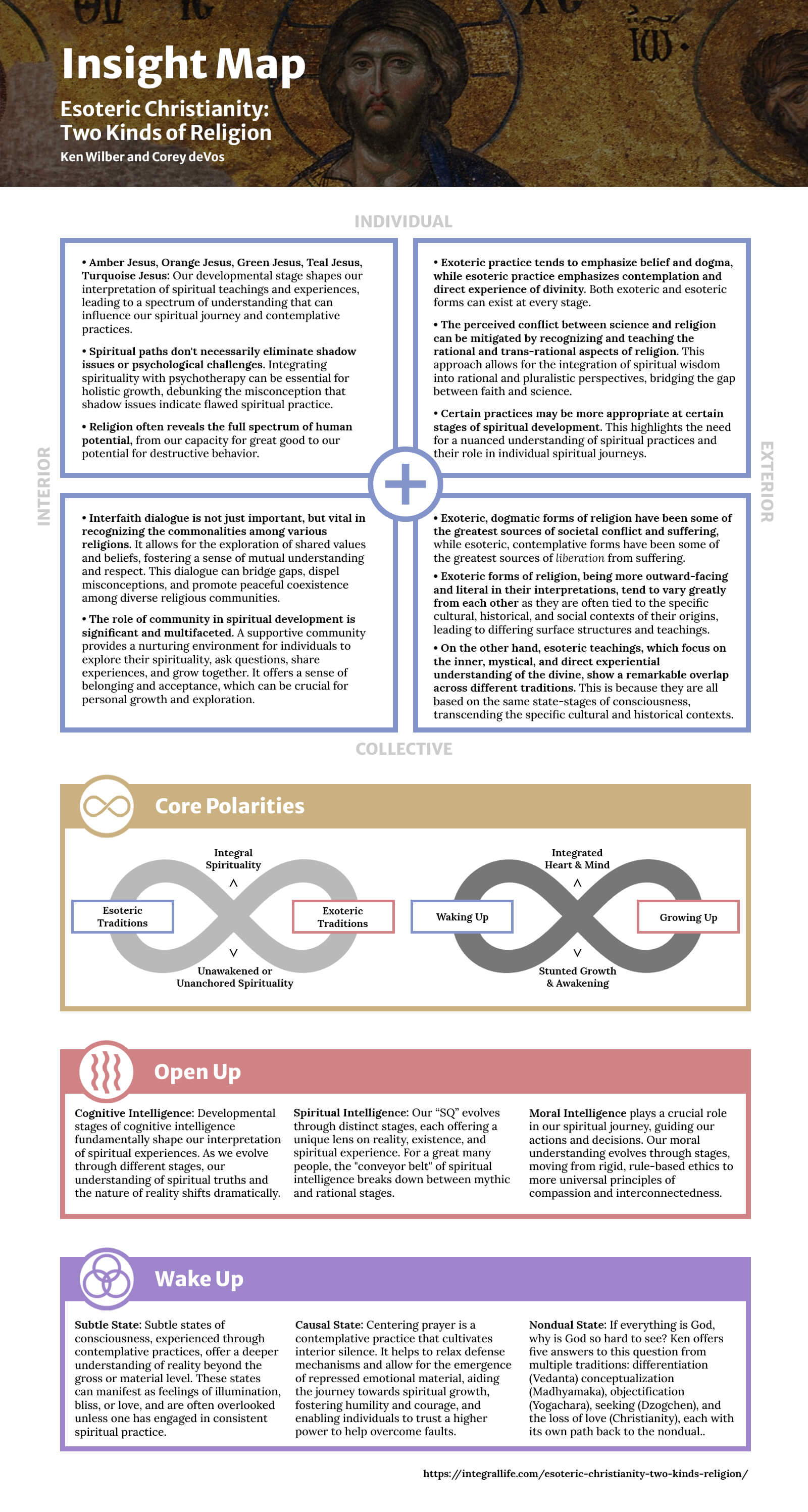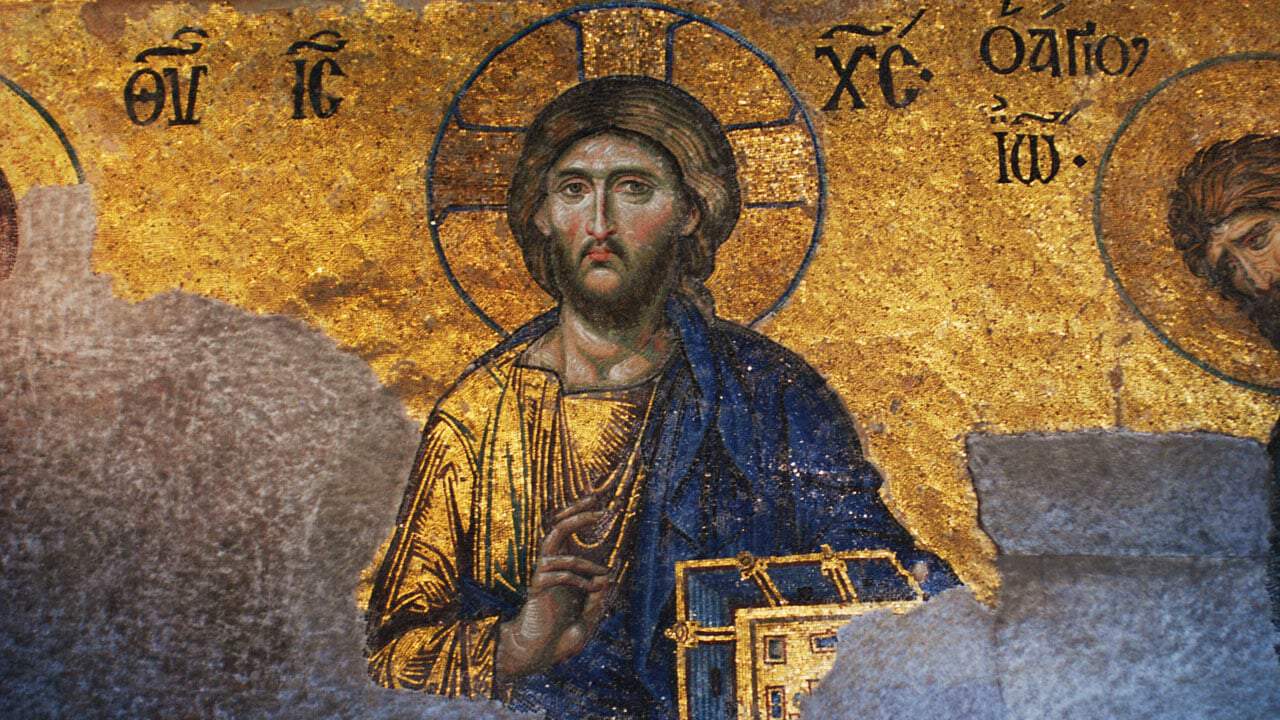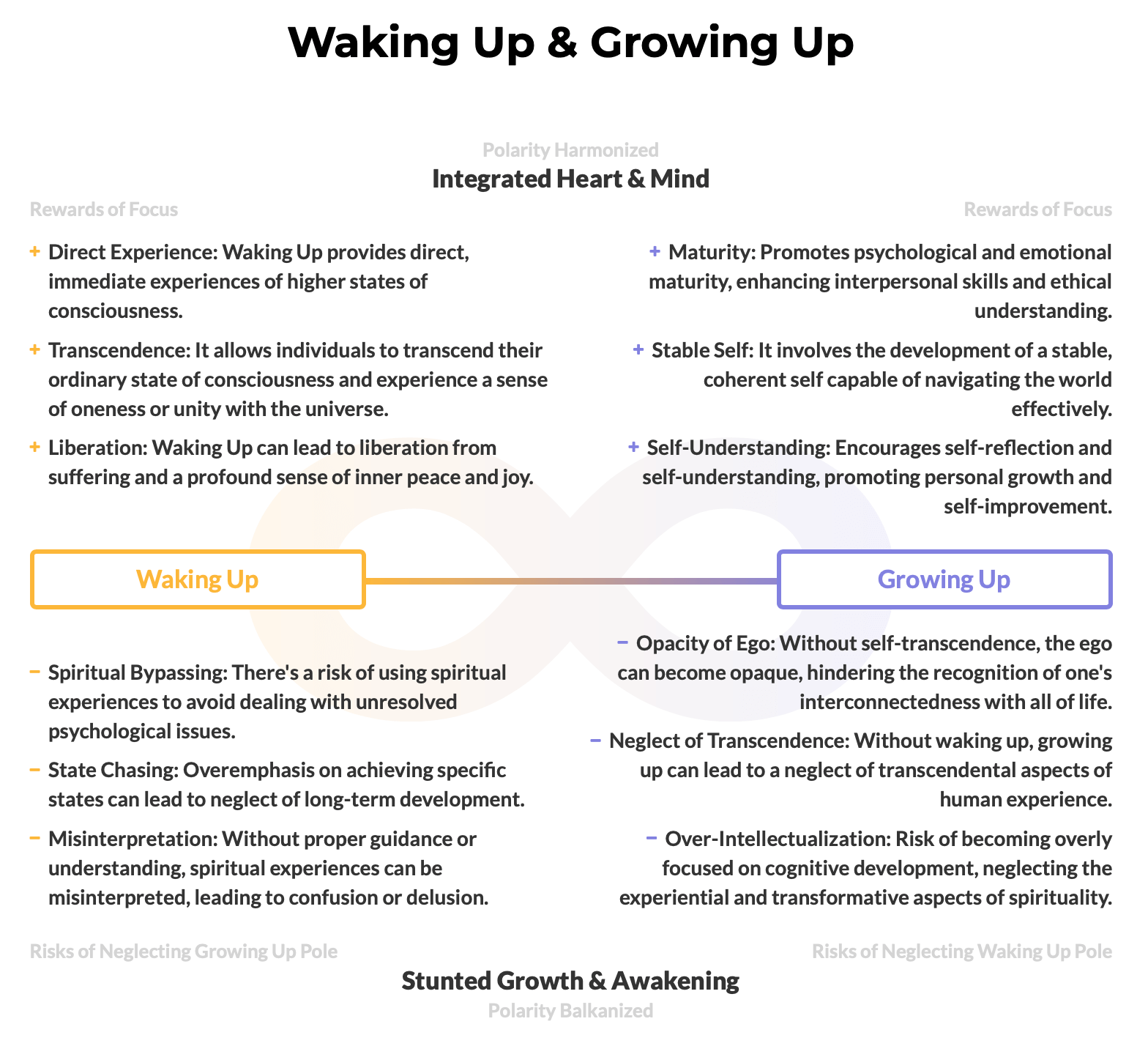F
ather Thomas Keating, Rollie Stanich, and Ken Wilber discuss the “inside” and the “outside” of the Christian tradition, exploring the rich contemplative legacy that exists at the core of the world’s largest religion.
It has often been said that there is a central paradox in the role of religion throughout history: on the one hand, religion has been the single greatest cause of war and suffering. On the other, religion has been the single greatest source of redemption, salvation, and liberation for humanity. How can we possibly make sense of this double-edged dagger? How can we reconcile the very best qualities of religion with the very worst?
Any meaningful discussion about religion must take at least two different dimensions of the religious experience into account. First, there is religion in its exoteric or “outer” form, largely consisting of the rituals, beliefs, and dogma of a particular tradition. This is what the majority of people think of when they hear the word “religion”, often associating it with old myths, pre-rational thinking, and obsolete ideologies. Whenever you hear Richard Dawkins, Christopher Hitchens, or any of the other “new atheists” railing against God and religion, it is always this mythic exoteric form that they are attacking.
There is another side to religion which, by definition, is very often overlooked: the esoteric or “inner” core that invites us to actually experience divinity for ourselves. This esoteric core is almost entirely composed of vivid (and occasionally enigmatic) descriptions of spiritual devotion, transcendent truths, and timeless realities. But there is so much more than just poetry at the heart of religion—esoteric spirituality represents a very real technology of transformation, offering profoundly enriching practices of meditation and prayer to help us all experience these things for ourselves, rather than just taking it as a matter of faith.
Every religion was founded by a mystic who had a direct experience of spiritual reality, whether we are talking about Christianity, Buddhism, Islam, Hinduism, Sufism, or any other major spiritual tradition. And every religion has been populated by various saints and sages throughout the years, all of whom have helped to deepen and refine these teachings and practices, as well as re-translate them for new generations.
And yet, as prevalent as genuine mysticism is in all these traditions, many people in today’s world go their entire lives without ever hearing about these aspects of religious experience. Oftentimes Western spiritual seekers look beyond the religion of their childhood, usually to exotic Eastern traditions like Zen Buddhism or Taoism, because they perceive these traditions as being steeped in the esoteric—not realizing that Eastern spirituality is just as bound to the ritualistic trappings of exoteric religion as Christianity, Judaism, or Islam. They often do not even recognize the rich legacy of esoteric spirituality that exists in their own tradition, hiding right in plain sight—simply because we are too close to our own cultural preconceptions, too burnt out on the mythic dogma of our childhood, and too alone in the dark without anyone pointing us in the right direction.
In fact, once we have tasted the esoteric waters in another spiritual tradition, we usually intuit that this very same esoteric core is shared by all religions, that it is the cornerstone of spiritual experience for every mystic in history (though expressed very differently from culture to culture). We begin to recognize these timeless teachings in our own native tradition, allowing us to “come home” to the religion of our upbringing with open eyes, open hearts, and open minds. From exoteric to exotic to esoteric—this has been the path for a great many spiritual seekers in the 20th and 21st century.
When considering the relationship between the exoteric and esoteric aspects of religious life it is tempting to regard them as being pitted against one another, an antagonistic dyad of gnosis vs. faith, of experience vs. dogma, of mysticism vs. myth. But it is important to remember that both these dimensions of religion are crucial—after all, it is the institutional aspects of religion that make it possible to contain, codify, and perpetuate the esoteric teachings over multiple generations. If we did not have our exoteric forms of religion, the innermost contemplative teachings would have been lost hundreds, if not thousands of years ago.
The central problem of religion today is not the unavailability of esoteric teachings—they are just as accessible today as they have ever been, perhaps even more so—but that our exoteric religions have become damaged, painfully decoupled from history’s ceaseless march toward more novelty and more complexity. Our religions are fully capable of keeping pace with our progress, growing from magic forms of religion to mythic forms, rational forms, pluralistic forms, integral forms, and beyond. And the esoteric teachings and practices are alive in all these forms, though will certainly be interpreted very differently at each level (e.g. Christ the magician, Christ the Lord of the Chosen, Christ the humanist, Christ the Lover of all sentient beings, and Christ the living embodiment of the intersection of humanity and divinity within each of us).
But for a number of historic reasons, the majority of today’s religions have remained anchored in magic and myth, and have been largely unable to blossom into their rational and post-rational forms. Because of this failure to grow and adapt, a great disservice has been done to the modern and post-modern God, and a great many people have dug their trenches in a perceived war between science and religion—trenches that few will ever be able to climb out of. We are now caught in the crossfire between two very different kinds of fundamentalism—religious evangelicals vs. scientific materialists—in which the former believes all facts to be an affront to faith, while the latter believes that all conceptions of the spiritual life are just childish vestiges of a long-dead God. But it is an imaginary war, a frantic struggle of straw man vs. straw man, neither side willing (or capable) of any sort of integrative compromise.
As a result, too many people on the religious side are forced to suppress their own growth or compartmentalize their beliefs (otherwise rational people unable to apply the same reason they use in the rest of their lives to their religious convictions), while those on the scientific side tend to demonize spirituality altogether—throwing all of our accumulated conceptions of transcendence, liberation, and redemption out with the bathwater of myth and magic. The goal is not to supplant exoteric religion with the esoteric, but to create healthy exoteric institutions that can continue to carry and transmit the esoteric teachings into the modern and postmodern worlds.
These are arguably the two most important tasks of religion in the 21st-century. The first is to fix our broken religious institutions, creating genuine rational approaches to spirituality in all of our major traditions that can actually meet people where they are while nurturing their growth through magical, mythical, rational, postmodern, and integral stages of development. This alone would help relieve the incredible cultural tension that currently exists between religion and science, closing the massive gap that between faith and reason. The second is to revive the esoteric teachings at the core of every religion for an entirely new generation of spiritual seekers, practitioners, and church-goers. By bringing the transformative practices of contemplation, meditation, and prayer to the forefront of worship, we can begin tapping into a very real technology of liberation, offering an alternative to blind faith by allowing people to experience for themselves the effulgent divinity of the world, of our relationships, and of our own blessed hearts and minds.
written by Corey deVos

Related Polarities
Here are some of the most critical polarities to consider while listening to this broadcast.

Become a member to access the full episode
Start building your big picture mind & support the global emergence of Integral consciousness

“Integral Life is the most important and globally-relevant platform for the leading edge of Integral consciousness evolution”
– Eugene P.
About Father Thomas Keating
Father Thomas Keating is considered by many to be one of the few genuinely realized Christian saints in the world today. He continues to be a prominent voice in the Christian Centering Prayer movement through the organization he founded, Contemplative Outreach, an international network committed to renewing the contemplative dimension of the Gospel in daily life.
About Rollie Stanich
Rollie has played a vital part in the emerging Integral movement as the Chief Facillitator of Integral Spiritual Center, as a former managing editor of Integral Naked from 2004-2005, and as an ongoing contributor to Integral Life. Rollie's spiritual path is that of contemplative Christianity—he is a practitioner of Centering Prayer and a longtime student of Fr. Thomas Keating.
About Ken Wilber
Ken Wilber is a preeminent scholar of the Integral stage of human development. He is an internationally acknowledged leader, founder of Integral Institute, and co-founder of Integral Life. Ken is the originator of arguably the first truly comprehensive or integrative world philosophy, aptly named “Integral Theory”.



